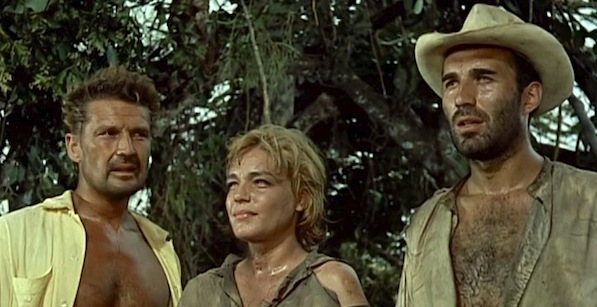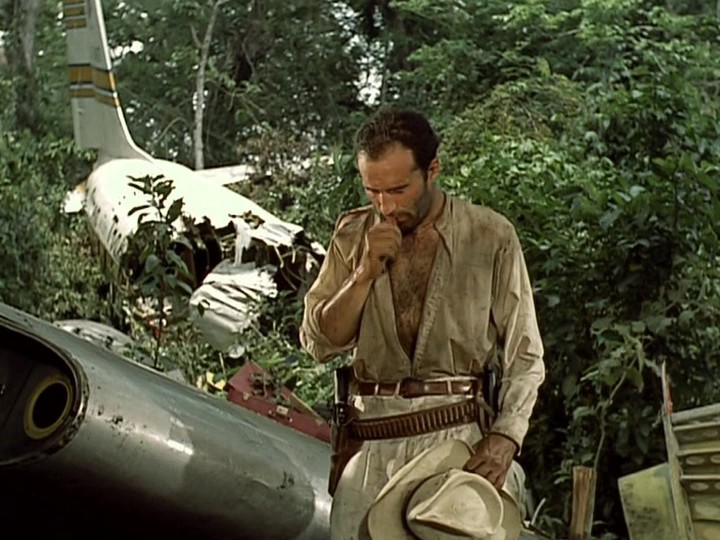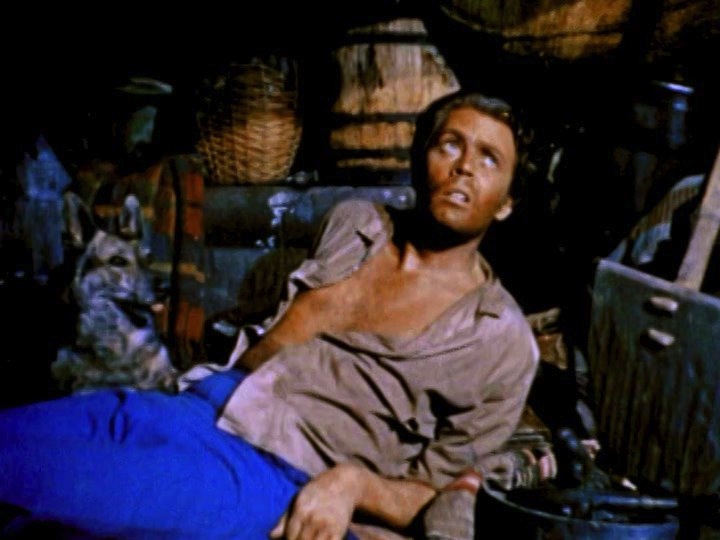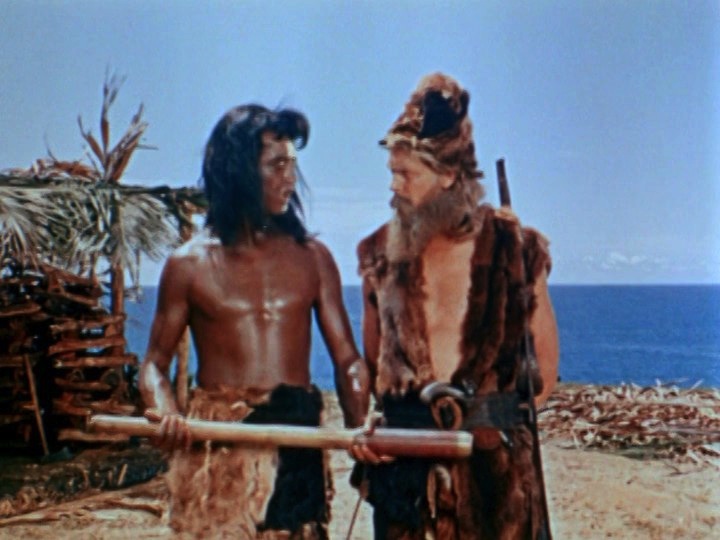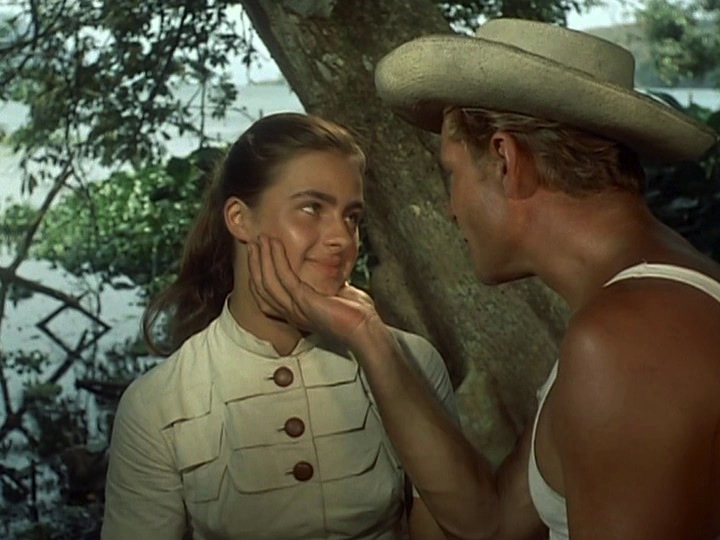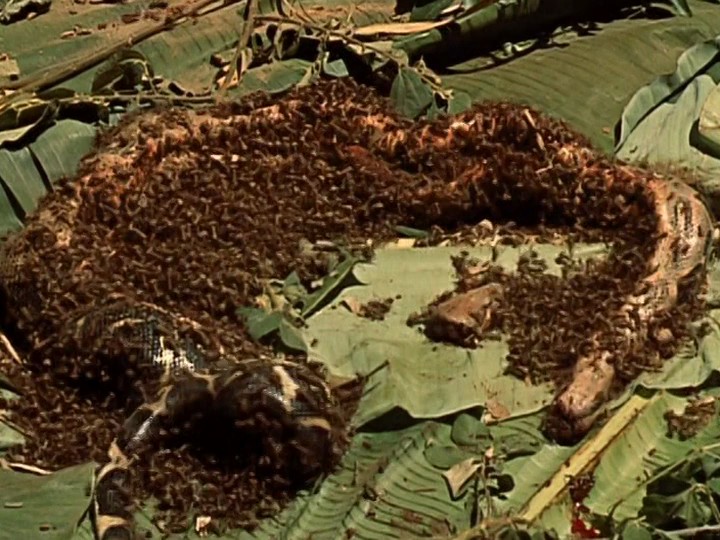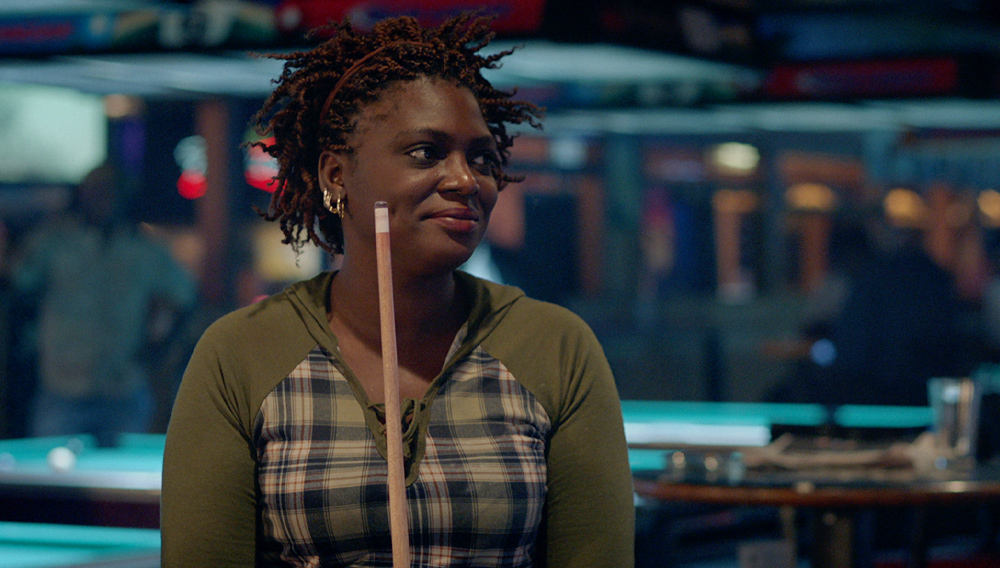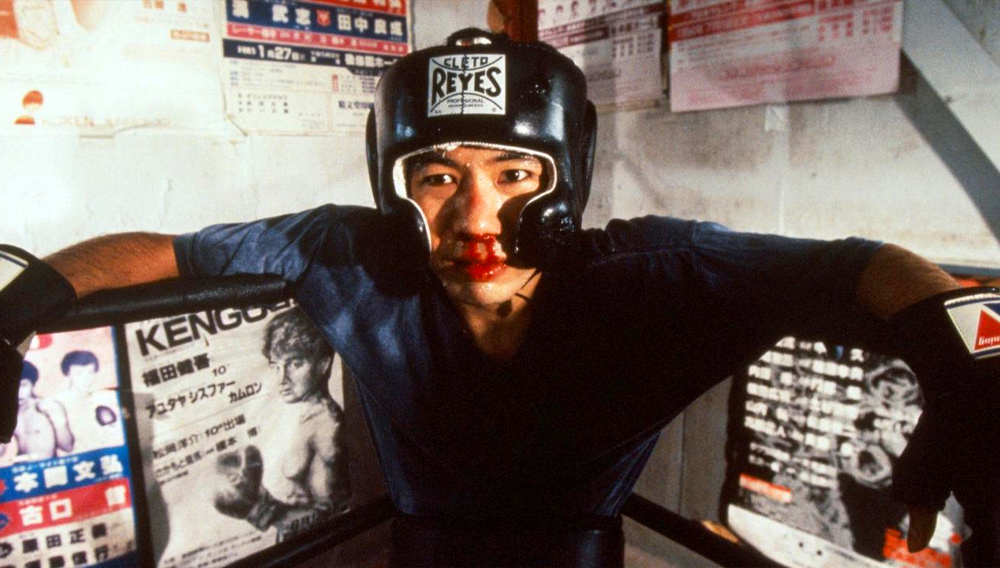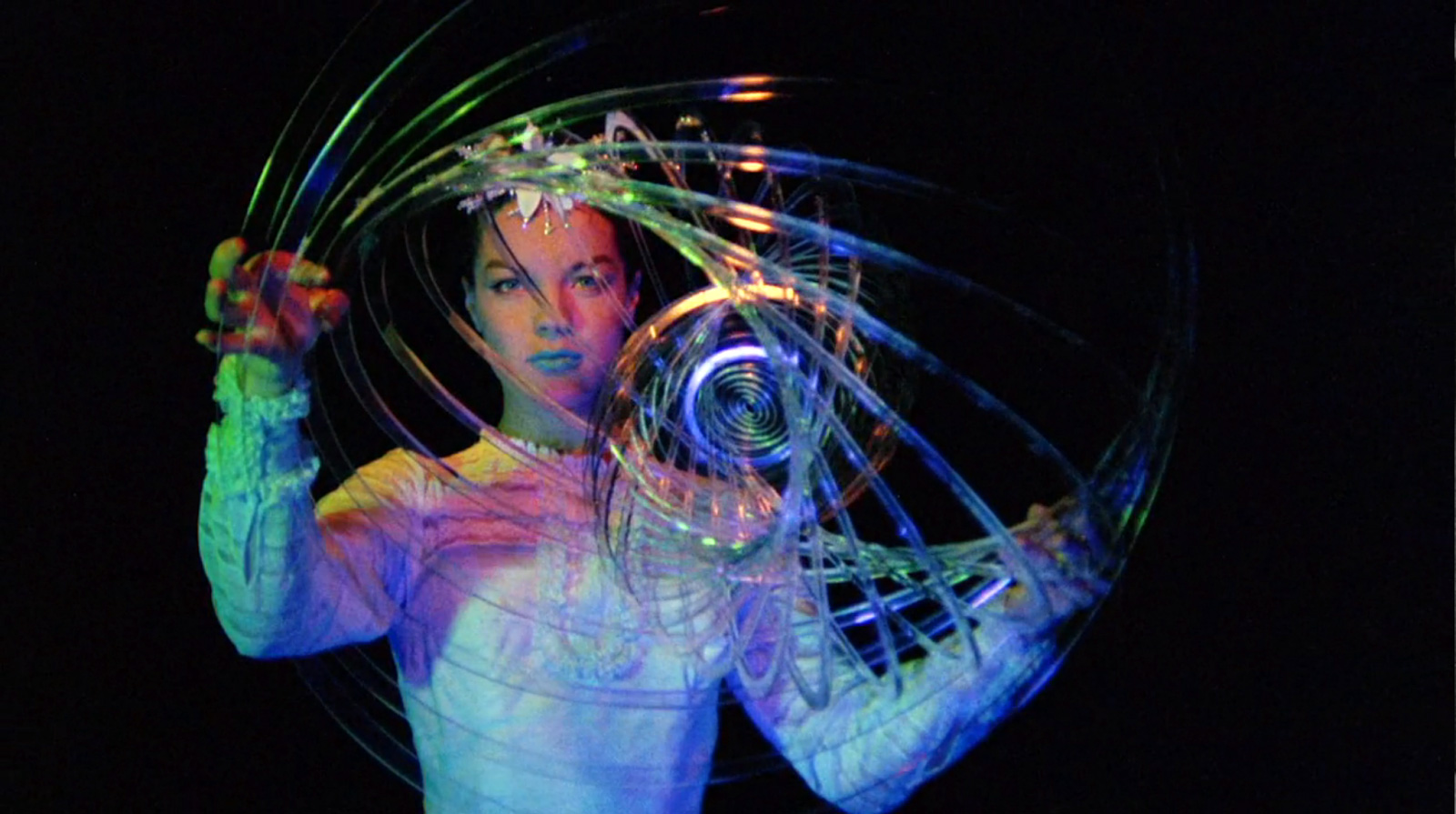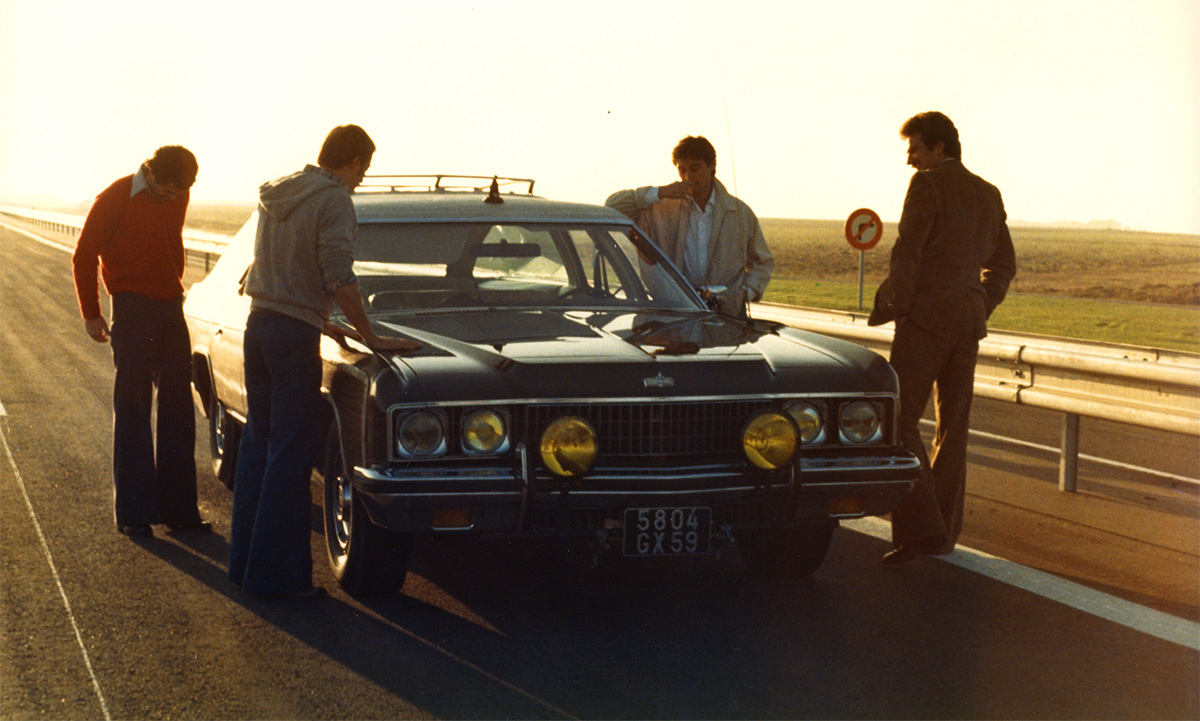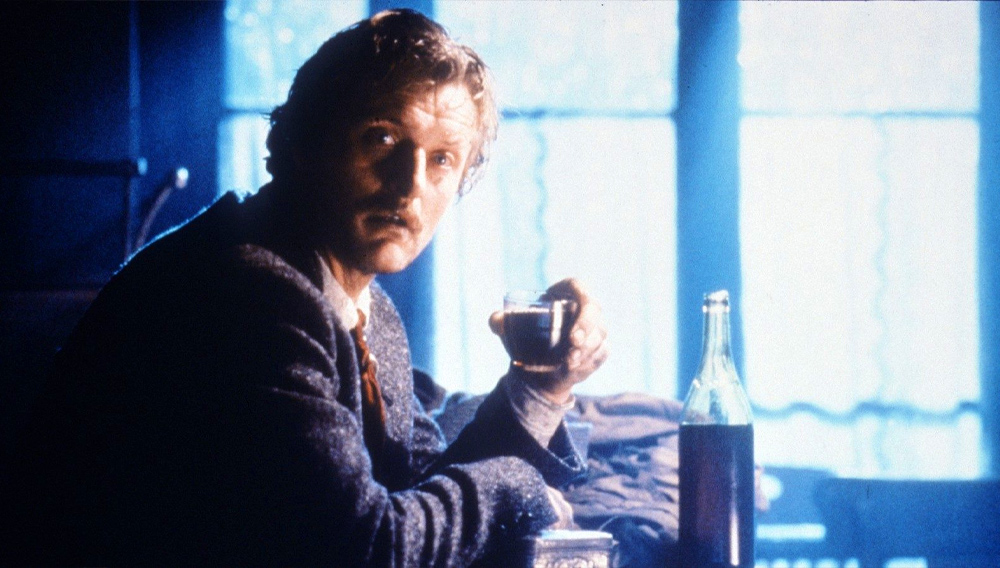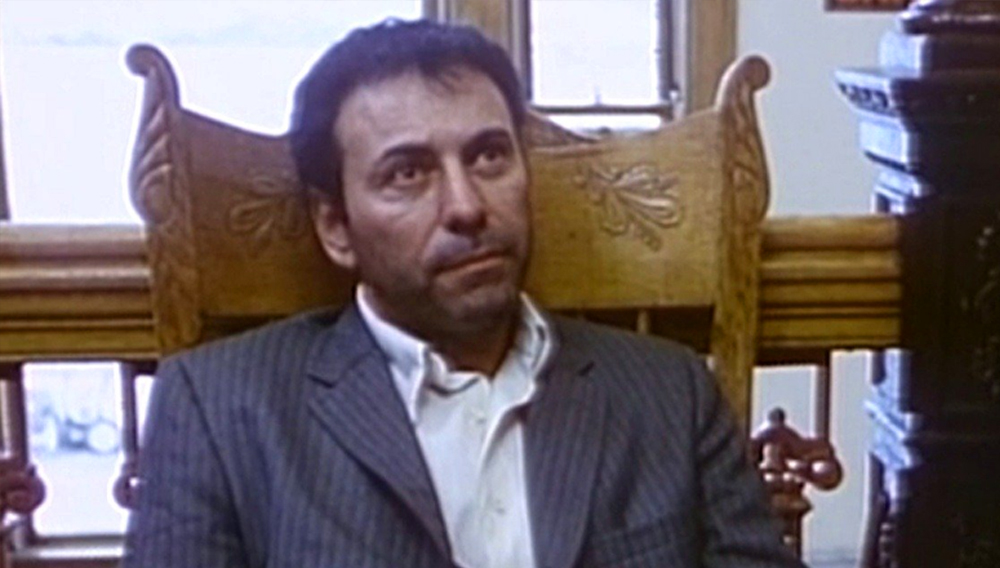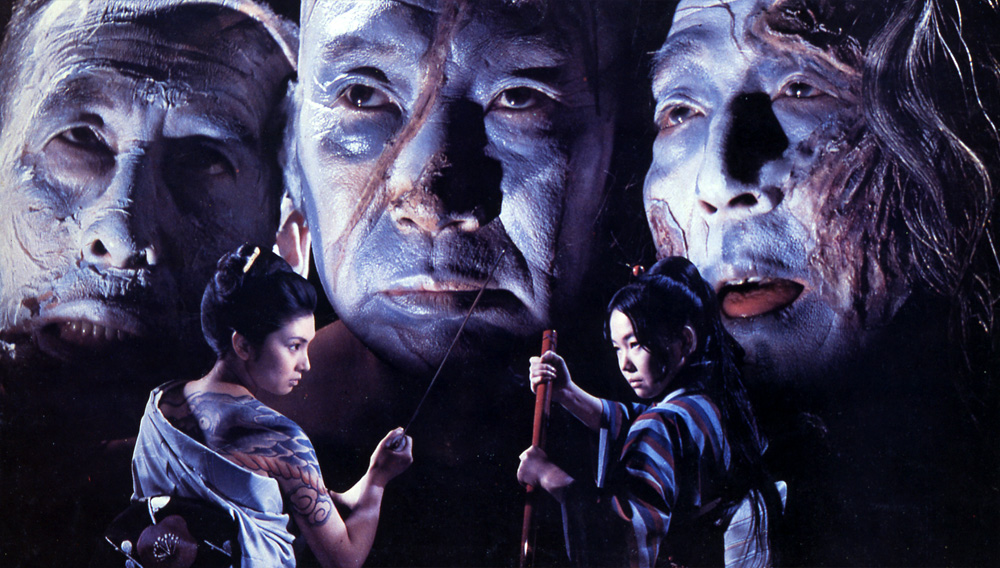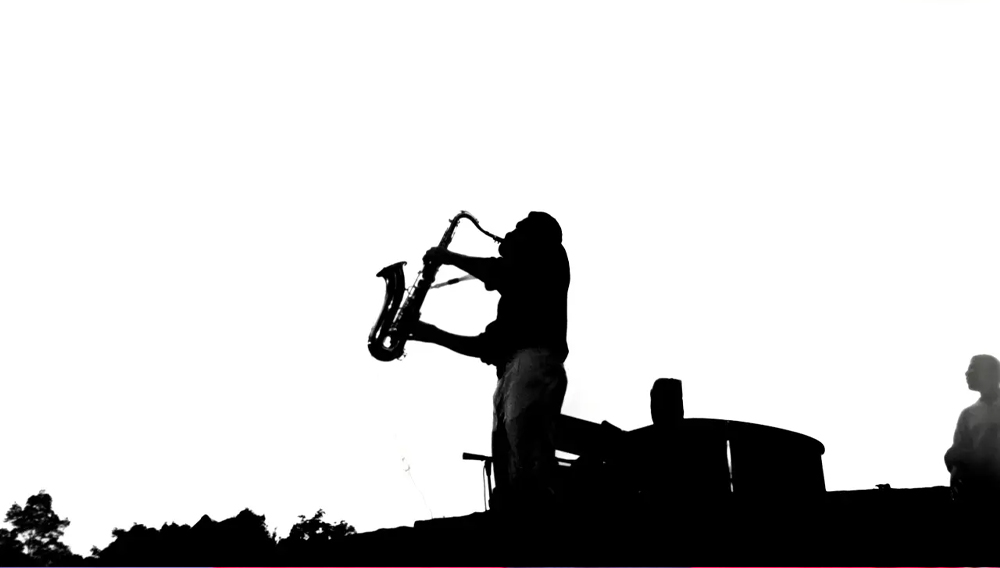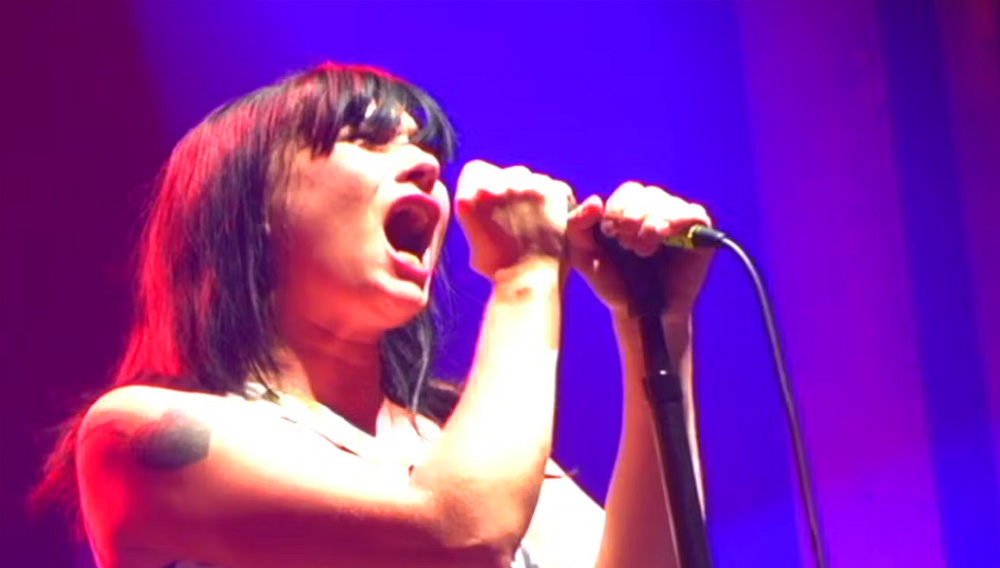Between his revolutionary debut with the triple threat of Un chien andalou (1929), L’âge d’or (1930), and Land Without Bread (1933) and leaping back into international attention with Viridiana (1961), which won the Palm d’Or and was denounced by the Vatican, Luis Buñuel spent over a decade making movies in the Mexican film industry.
He directed close to twenty films there, mostly commercial comedies and melodramas with a few personal projects in between, and for a long time that period was considered his years in the wilderness. While films like Los Olvidados (1950), The Criminal Life of Archibaldo de la Cruz (1955) and Nazarin (1959), which foreground the satirical swipes at religion and sex and social mores, have always been championed, most of the other films of that period remained overlooked for years. In part because they were harder to see but also because Buñuel’s presence was much less pronounced. He had to slip in his sensibility.
Two of those films stand out in particular: Robinson Crusoe (1954), an English-language production from an ambitious Mexican producer looking to break into the international market, and Death in the Garden (1956), a French language coproduction shot in Mexico with French stars. Produced by Oscar Dancigers, who was behind many of Buñuel’s popular comedies, both gave Buñuel an opportunity to work with a bigger budget and top-rate actors and reach an international audience. Both are commercial genre pictures—a literary adaptation and a cynical thriller—and Buñuel delivers. Yet both find Buñuel weaving his own sensibility into the fabric of the film.
Robinson Crusoe, Buñuel’s first English language film and first color production, stars Dan O’Herlihy as Crusoe, shipwrecked on a lush but deserted tropical island where he carves out a life for himself, and Jaime Fernández as Friday, a captured native who Crusoe makes his servant, and then his partner in survival. It is remarkably faithful to the novel, a beautifully made drama of survival and triumph perfectly suitable for family viewing. The film can be watched as a straightforward adaptation, yet Buñuel imbues it with his own sensibility, directorial grace notes and evocative asides that add a knowing ambiguity to key scenes and elevate a sturdy adaptation of a classic adventure drama into a work of personal expression.
Desperately lonely, Crusoe talks to animals rescued from the ship for companionship and at one point shouts the 23rd Psalm into a vast valley simply to hear his own voice echoed back. Buñuel once related that, on the night of his father’s death, he saw his father in a hallucination. He gives that image to Crusoe as a fever-dream nightmare, interspersed with unsettling images of the father drowning in the surf and Crusoe tied up, as if crucified, in the rising tide. And where the novel is deeply founded in faith and religion as Crusoe turns to the Bible for comfort and strength, Buñuel wittily undercuts the religious message. While Crusoe honors the Sabbath and tries to teach the Bible to Friday, the words come back hollow (just like the echoes of the valley) and he stumbles in a theological debate with the “savage” Friday, whose common sense questions go unanswered. It’s not so much a jab at religion as a gentle nudge, but nonetheless Buñuel slips a sly dig at religion into a family adventure drama.
Buñuel focuses on Crusoe’s evolution as a human being. The irony is not lost on the director that Crusoe is shipwrecked while on a trip to buy slaves for South American plantation labor. When he rescues Friday from the cannibals, his desire for companionship and partnership is increasingly overshadowed by his European attitude of racial and cultural superiority to the black-skinned native and he ultimately imprisons Friday in the very chains he brought for slaves. His epiphany, a breakthrough of moral and human value over social power, is the film’s great turning point. Even while the script maintains Crusoe’s dominance, like feudal lord and loyal subject, Buñuel’s imagery offers scenes of partnership and equality as they stand side-by-side in their endeavors. It’s quite possibly the most optimistic portrait of human potential in Buñuel’s filmography.
You can’t say the same about Death in the Garden. The “garden” is another jungle, this one the lush South American wilds surrounding a rural mining village, but death is everywhere. Hard-bitten prospector Chark (Georges Marchal) wanders out of this garden and into the middle of an uprising against the corrupt military rule in this feudal village. It’s like a precursor to one of those isolated desert towns from the most cynical spaghetti westerns as a perverse corruption of Eden, all lush foliage and overheated atmosphere. Simone Signoret is an opportunistic hooker who hooks up with Chark, hoping to cash in on the prospector’s find, and Michel Piccoli is a naïve but sincere priest oblivious to his own contradictions. He tries to quell the uprising with Biblical rhetoric, which is easy for a man whose needs are covered by the church (hey, Father, nice watch!). The only true innocent here is María (Michèle Girardon) the deaf-mute daughter of a local miner Castin (Charles Vanel) looked after by the priest in his absence.
Chark is hardly a hero but in this mercenary world he’s as close as we’ll find, even as he uses the uprising for his own revenge and escape from the tyrannical Captain who runs this lost-in-the-jungle outpost like a mob boss. They flee the violence of the uprising into the wilds and get lost in the garden which, true to Buñuel and his cheeky Biblical reference, is both beautiful and deadly. The second half of the film is a survival thriller, an echo of Robinson Crusoe in its way, but these corrupted and corruptible souls aren’t going to find their salvation or undergo an evolution. Here there is only survival or doom.
Buñuel delivers a tight thriller filled with cynicism right out of American film noir and an evocative atmosphere. The jungle scenes may be studio-bound but the thick, smothering foliage creates a hothouse claustrophobia and the soundtrack is dense with the alien world of nature, whether it’s the oppressive white noise of the rain or the constant bird chirps and insect buzzing of daytime scenes.
Yet it is also strewn with Buñuelian flourishes. When Chark is arrested, he’s dragged to a church on his way to the station and kicked in the leg to make him kneel in prayer. In the jungle, after Chark saves the priest from using his Bible to start a fire, Buñuel’s camera lands on a dead snake on the jungle floor that is suddenly overcome with ants. It writhes as if in the throes of a second death, an image that burns its way into the film. Innocence is no protection from the wrath of man or nature and salvation comes at a price: sacrifice and madness.

